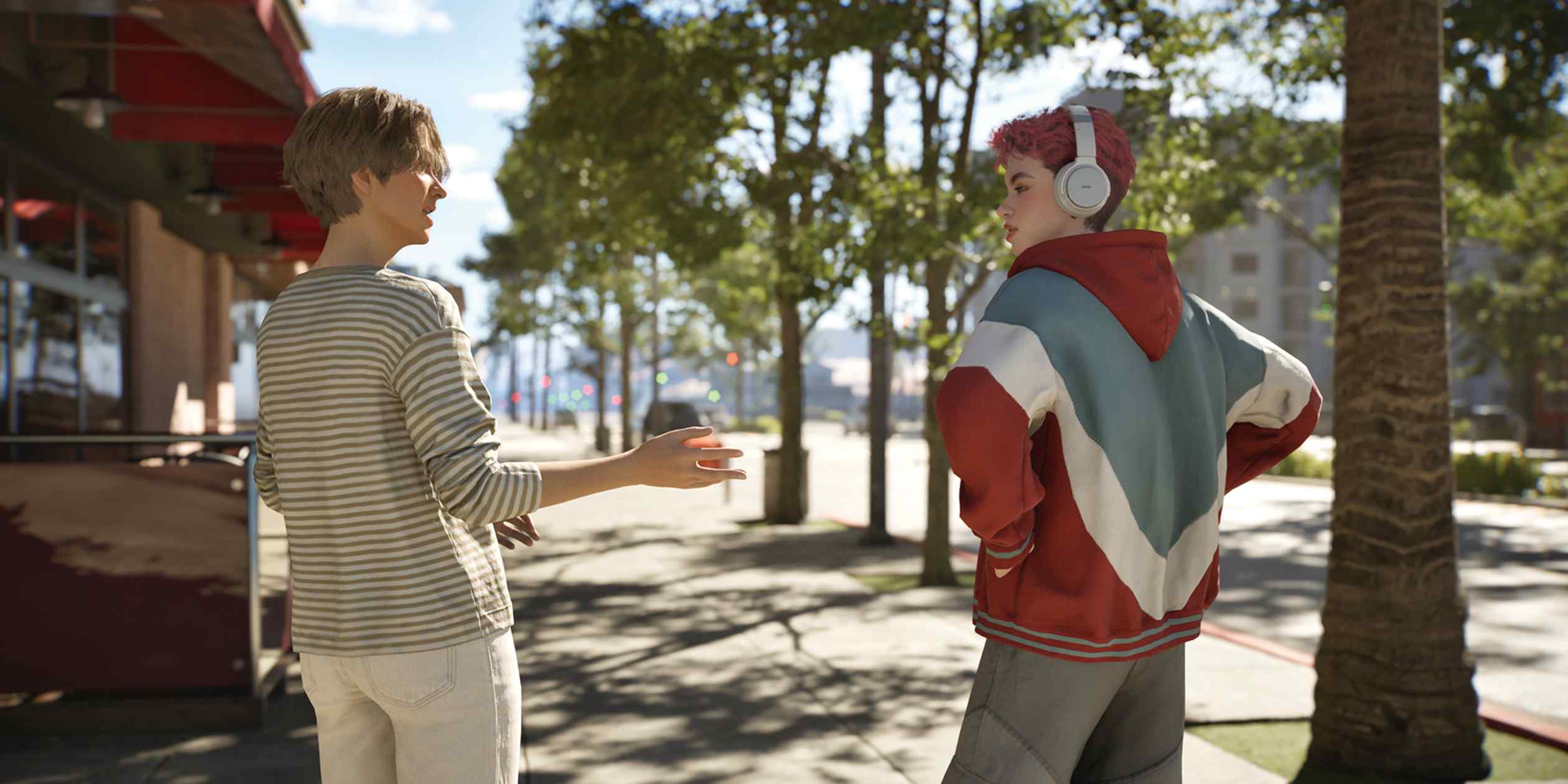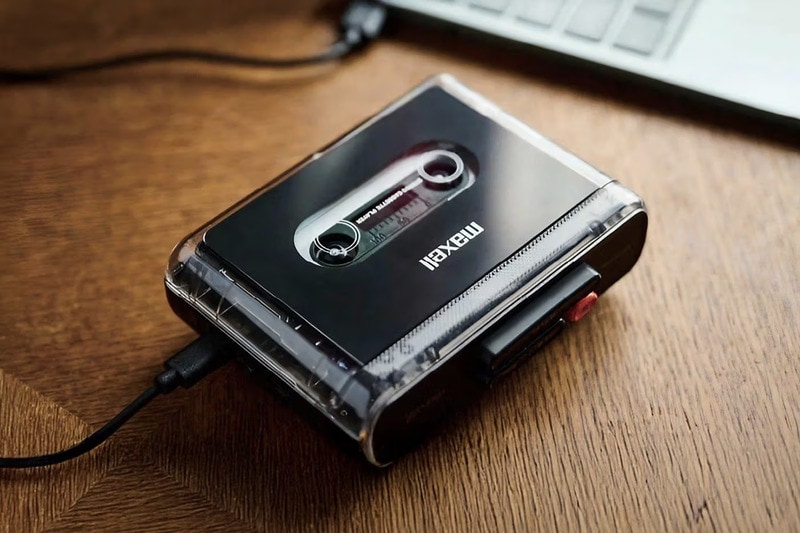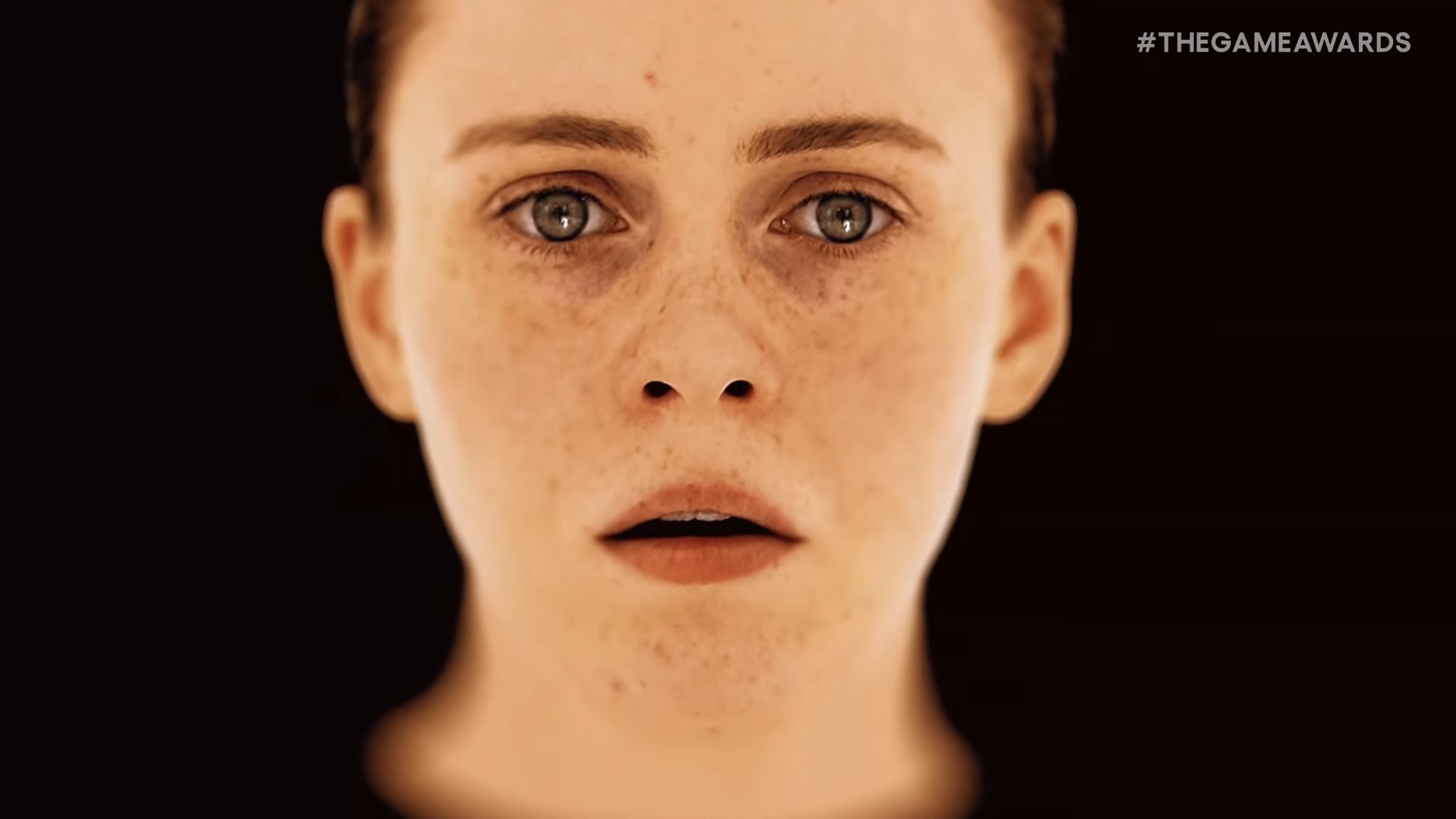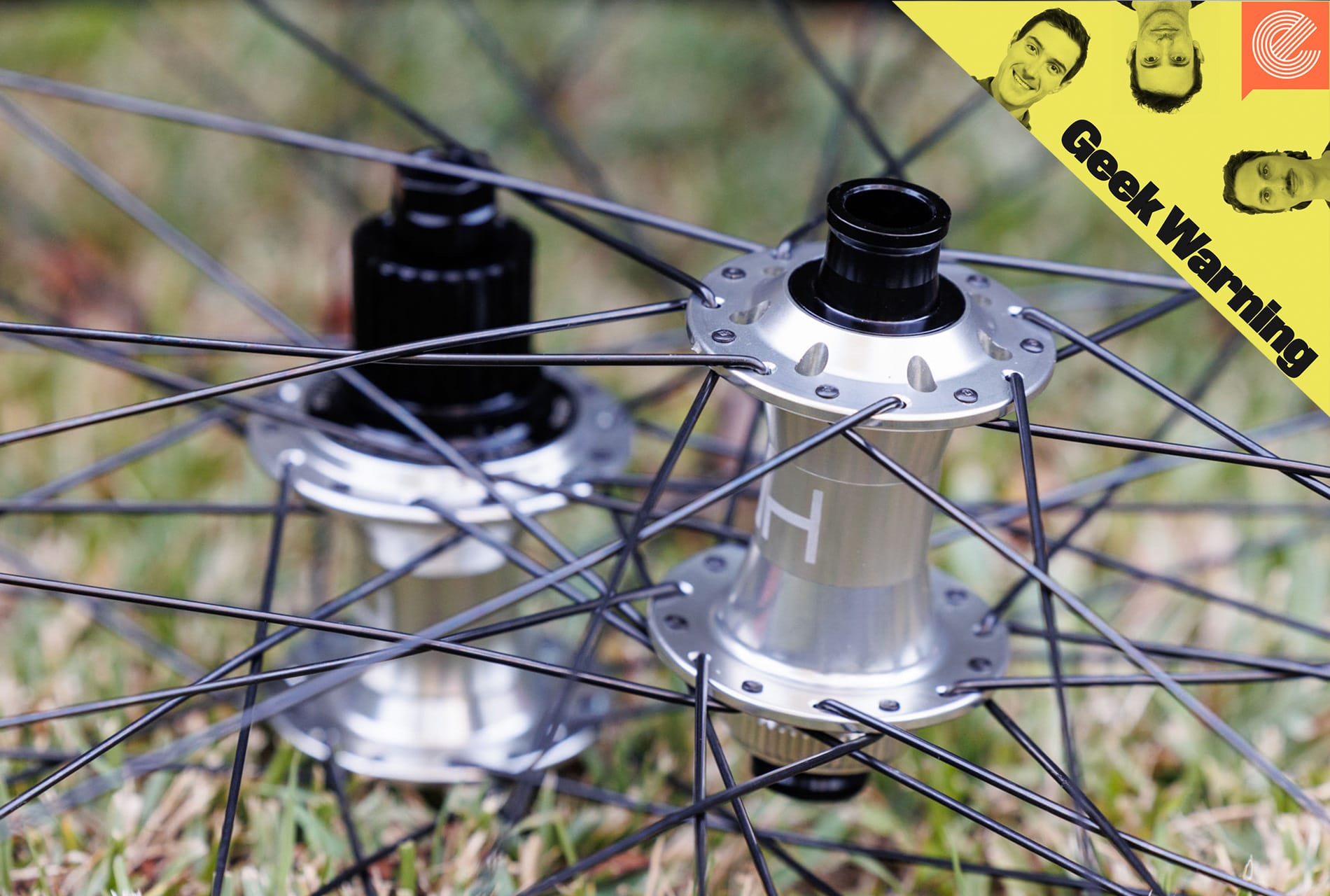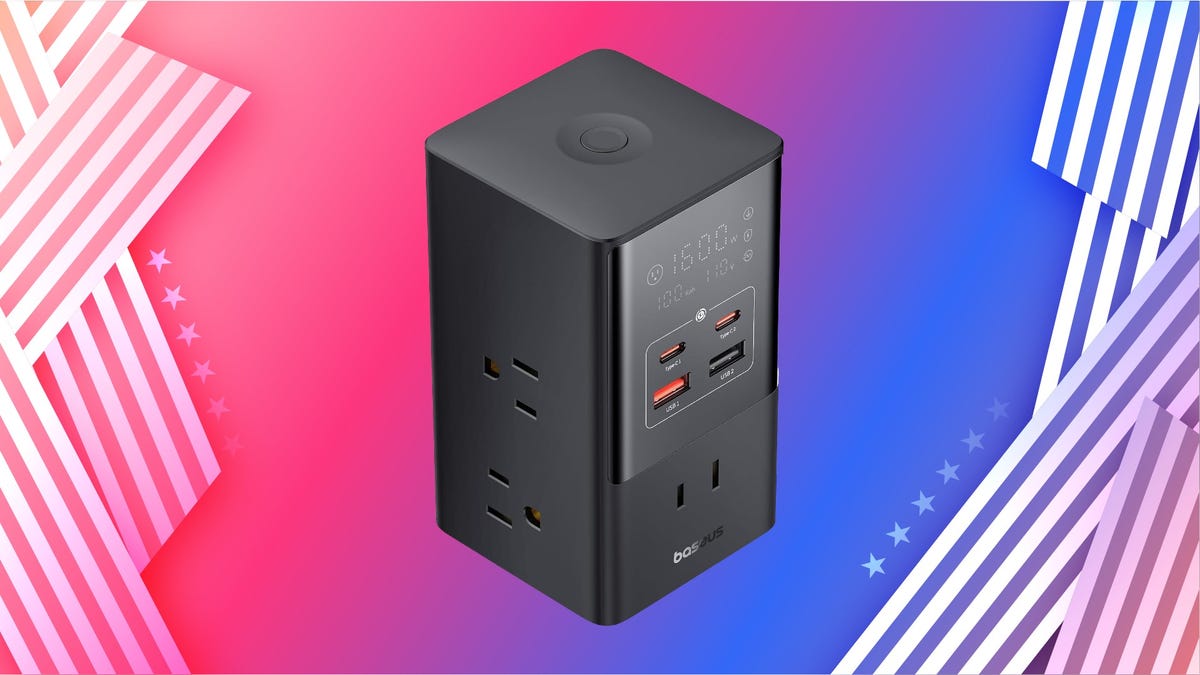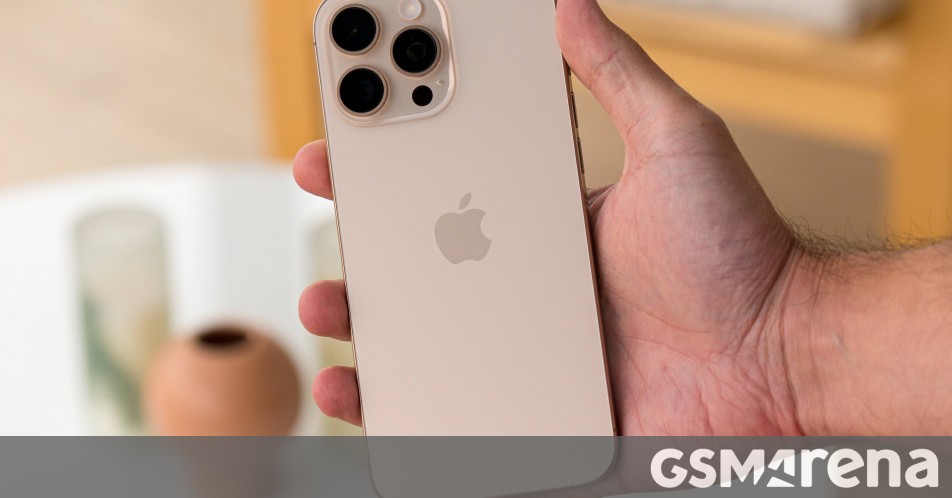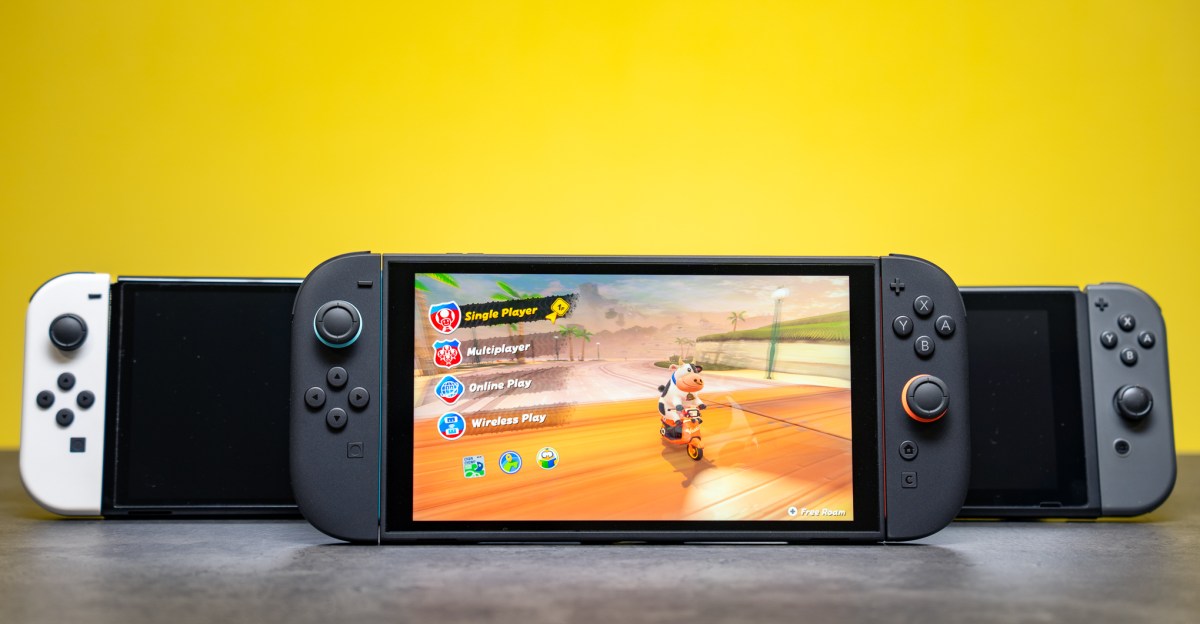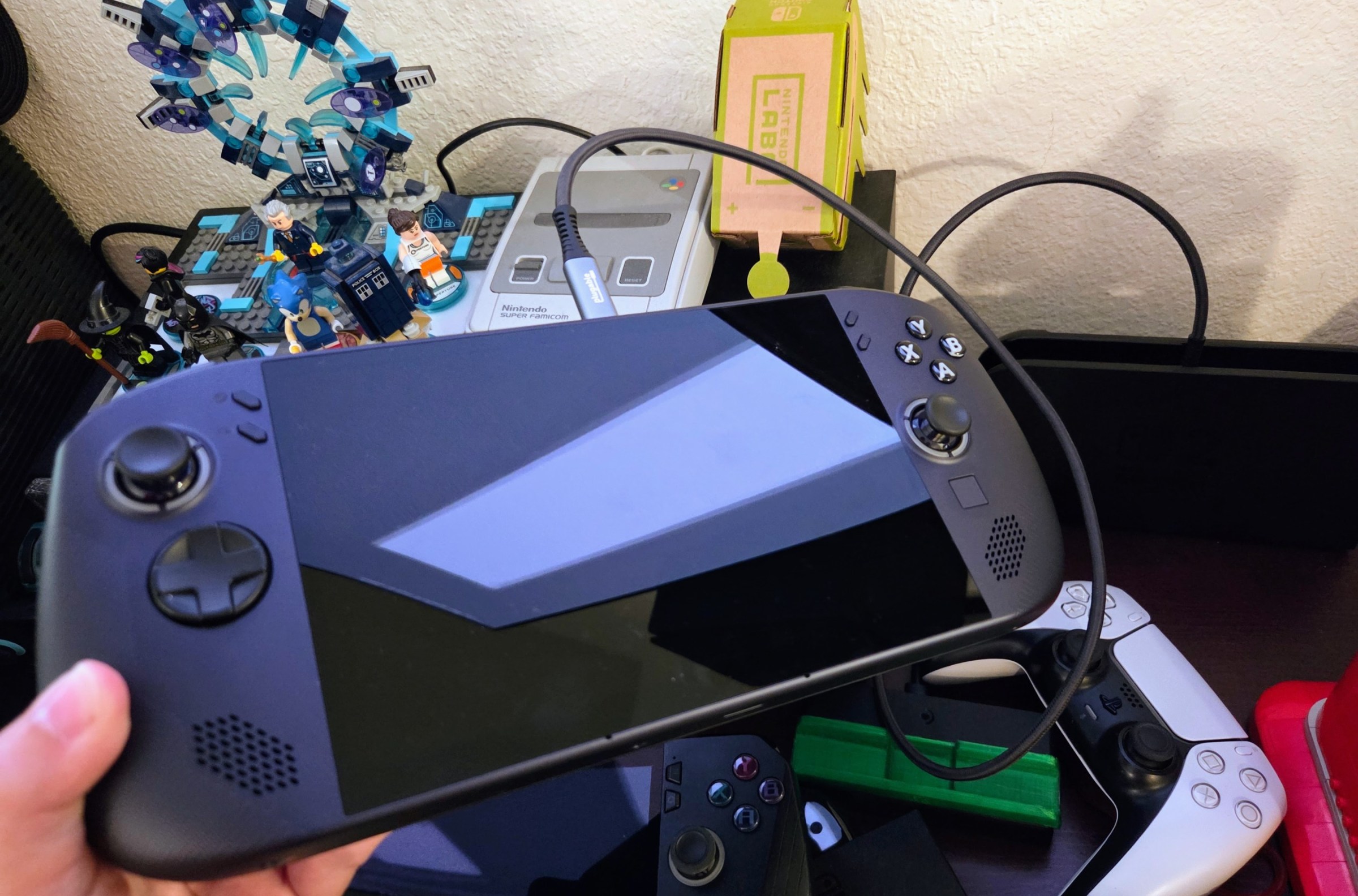The most effective antipsychotic drug for people with treatment-resistant schizophrenia is clozapine.
Yet, across the world, it remains underused – largely due to fears about serious side effects and burdensome monitoring requirements.
New international consensus guidelines were developed through a research method, known as a Delphi process, that used a series of surveys with experts and people taking clozapine. These guidelines offer a pathway to safer, more practical, and more patient-centred care.
Why clozapine is both powerful and underused
Clozapine is often the last resort for people with schizophrenia who haven’t responded to other medications.
For many, it is life-changing – reducing symptoms, hospitalisations, and even suicide risk.
But it’s not without risks. A key concern is a rare side effect: severe neutropenia, where the body’s white blood cells drop to dangerously low levels, increasing infection risk.
In response to a cluster of 8 patient deaths due to neutropenia (a lack of white blood cells) in Finland the mid-1970s, most countries introduced mandatory and ongoing blood tests to monitor patients’ neutrophil (a type of white blood cell) levels.
These requirements, particularly the need for regular blood tests – sometimes weekly or monthly for years – are a major barrier to starting and continuing clozapine.
Patients and clinicians alike often find the process frustrating, confusing, and overly cautious.
What the evidence shows
Recent large-scale studies from Australia, New Zealand, Finland, and Chile have shown that the risk of severe neutropenia with clozapine is highest in the first few months of treatment – then drops dramatically. By 2 years, the risk is near zero.
Yet despite this, many countries still require routine monitoring for the entire duration of treatment.
The result? Some patients have their treatment stopped unnecessarily. Others are never offered clozapine at all.
During the COVID-19 pandemic, some jurisdictions relaxed their monitoring requirements for people stable on clozapine.
Reassuringly, there was no increase in adverse events.
A global consensus to modernise care
To address this, our research group convened an international panel – including psychiatrists, pharmacists, researchers, and people with schizophrenia taking clozapine – to develop consensus guidelines for clozapine monitoring.
The panel reached strong agreement on these major changes:
- Lower the neutrophil threshold for stopping clozapine
- Reduce the frequency of blood tests from weekly to monthly after the first 18 weeks, and discontinue routine testing altogether after 2 years, unless clinical concerns arise
- Rather than focus just on neutrophils, we recommended broader side-effect monitoring – including weight gain, sedation, constipation, reflux, and more – using a simple checklist reviewed every 3 months.
Listening to people who take clozapine
We didn’t just rely on clinical opinion. We also ran focus groups with people taking clozapine.
Their message was clear: while they valued clozapine’s benefits, they wanted more say in how their care was managed.
Patients described the blood tests as a significant burden – particularly when travelling or working.
They were open to continuing some health checks, if it felt relevant and necessary.
Many welcomed the idea of a side-effect checklist to guide conversations with their doctors, helping raise sensitive topics like involuntary urination or sexual side-effects that can otherwise go undiscussed.
Considering the whole body when monitoring clozapine
Adverse drug reactions associated with clozapine are not just inconvenient – they can be deadly.
Constipation and pneumonia, for example, are the two leading causes of clozapine-related deaths.
Other adverse reactions such as sedation, reflux and urinary issues significantly affect quality of life and physical health.
There is a risk that if health services stop monitoring neutrophils, they might stop monitoring everything else.
But neutrophil monitoring is just one part of a bigger picture. What is essential is not less monitoring overall, but better-targeted monitoring that focuses on the most pressing risks to health and safety.
That’s why the panel recommended long-term monitoring of a comprehensive set of adverse drug reactions.
The new guidelines promote a shared-care model, where GPs and psychiatrists work together to monitor clozapine’s effects.
This includes regular checks for metabolic health, cardiovascular symptoms and gastrointestinal side effects, among others, every 3 months.
Routine ECGs or echocardiograms aren’t recommended unless there are clinical concerns.
Where possible, monitoring clozapine levels in the blood can help fine-tune dosing – particularly if patients get sick, change smoking habits, or start new medications.
These changes can reduce unnecessary treatment interruptions, lower health system costs, and, most importantly, improve patient experience.
What’s next?
Many health systems still mandate outdated monitoring rules and updating these policies won’t be easy but it is necessary.
The evidence is clear: continuing lifelong, intensive monitoring is not supported by data, and it risks harming the very people clozapine is meant to help.
It’s time to bring clozapine care into the 21st century – grounded in evidence, shaped by patients, and delivered with compassion.
The research is published in Lancet Psychiatry.
Source:
The University of Queensland
Journal reference:
Siskind, D., et al. (2025). Absolute neutrophil count and adverse drug reaction monitoring during doi.org/10.1016/S2215-0366(25)00098-7.
